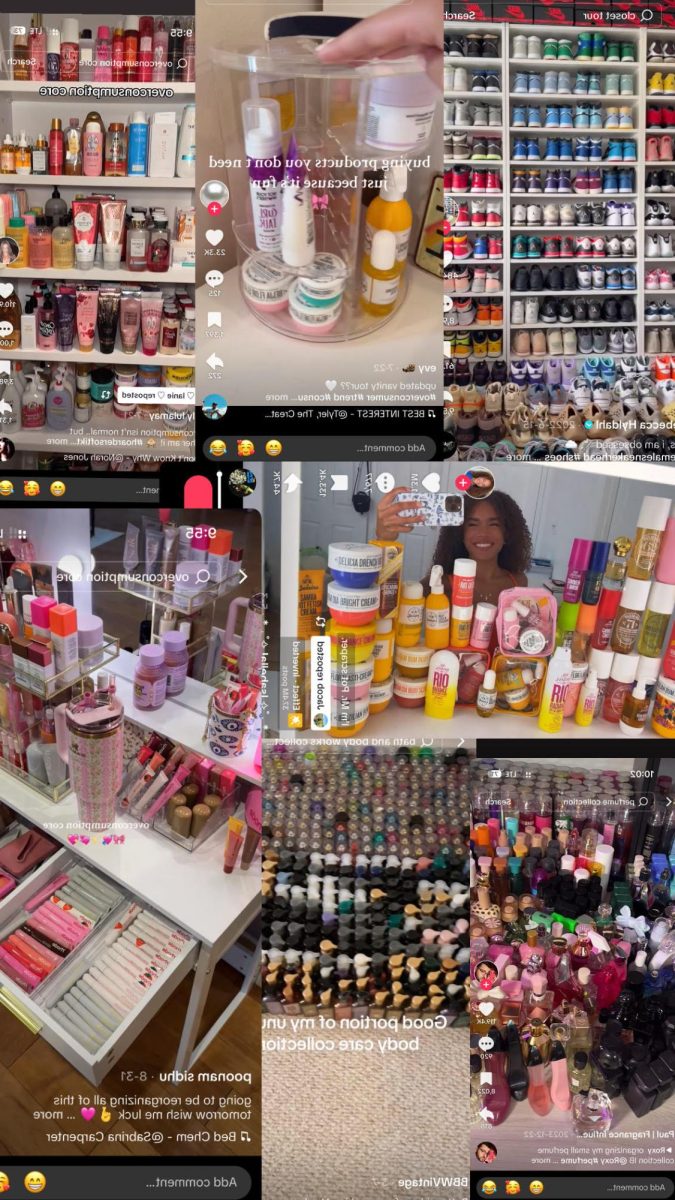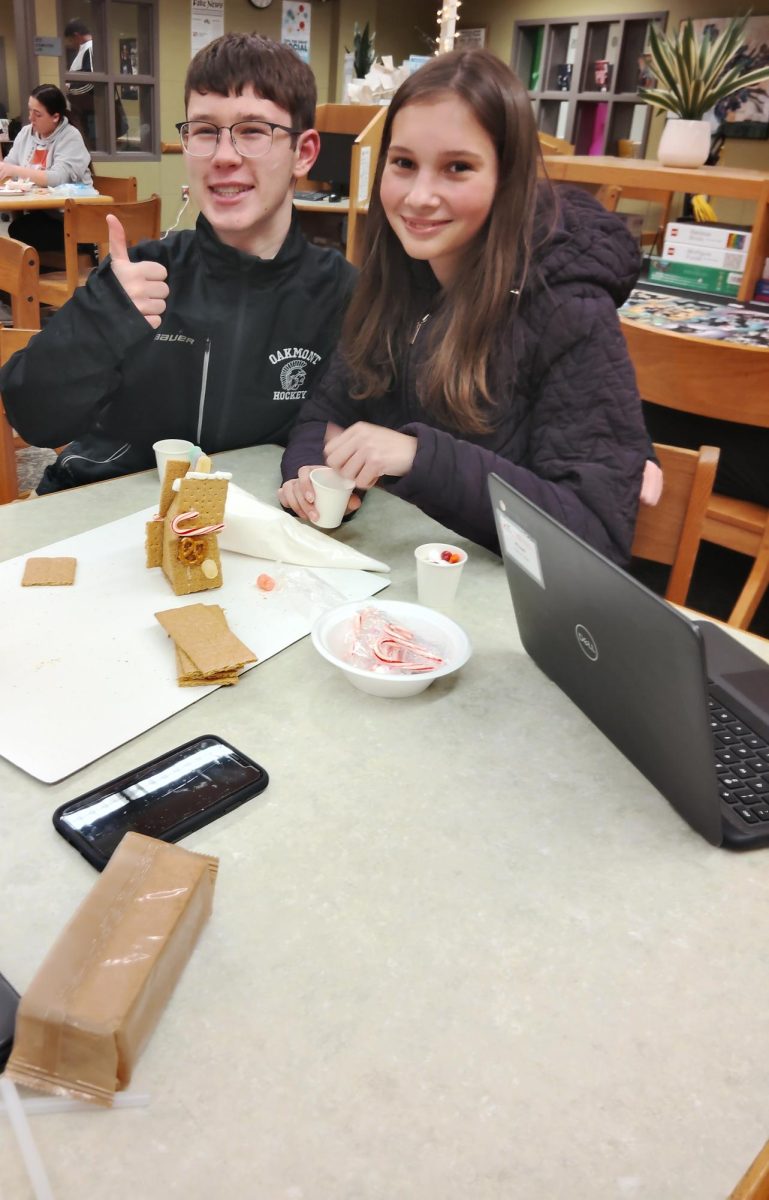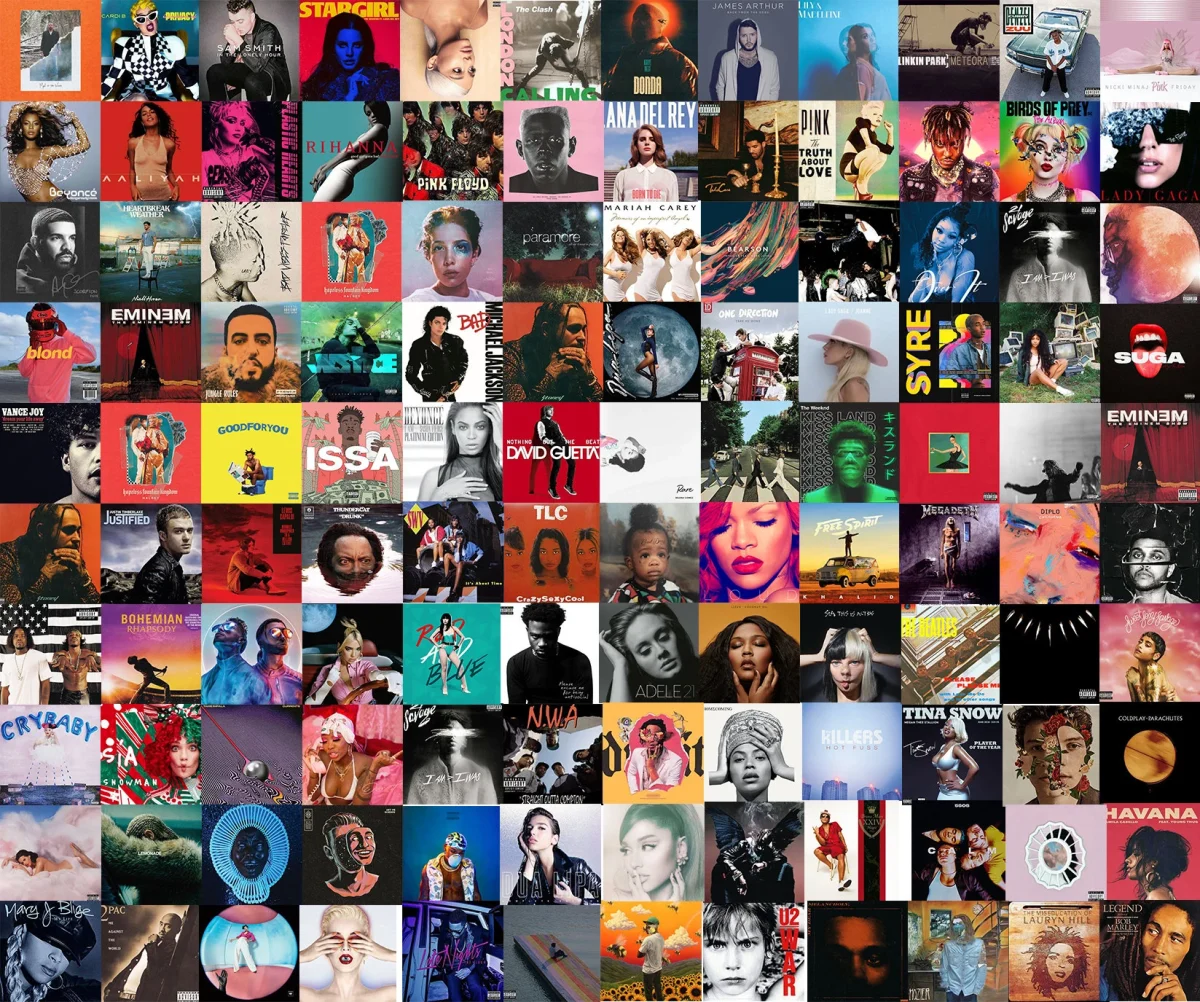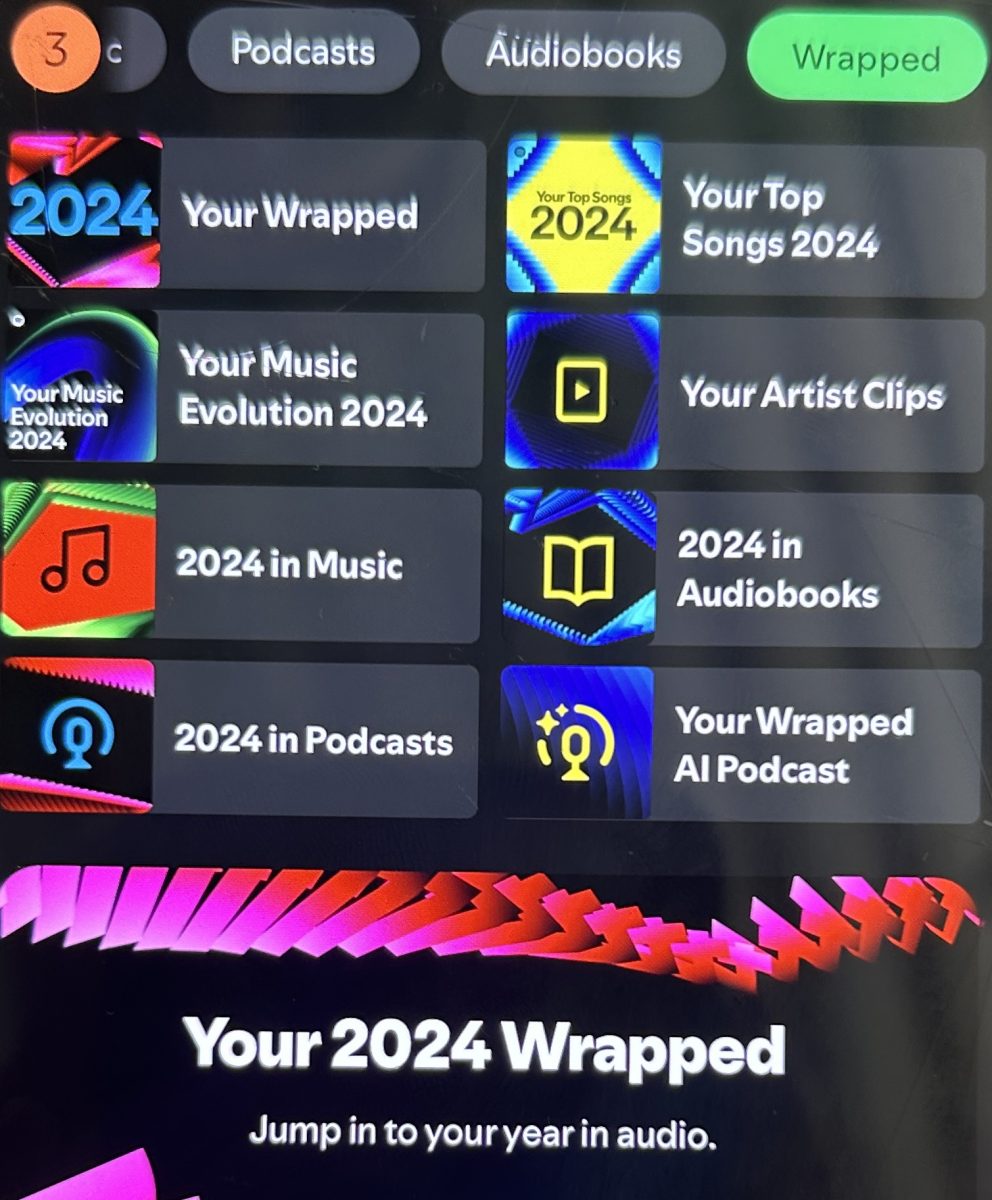Some social media influencers are trying to help the environment and stop the problem of overconsumption; however, most social media influencers are part of the problem.
In simple terms, overconsumption is when humans consume more resources than they produce. In other words, it describes a situation where a consumer overuses their available services and goods to the point where they can’t or don’t want to restore them.
Overconsumption worsens climate breakdown and increases air pollution. Ecosystems are unable to cope with excessive resource extraction, resulting in biodiversity loss and the deterioration of the natural world. Many companies are focused more on making money, and without altruistic morals being a part of their decision-making, our environment and society suffer as a result. When we needlessly purchase items, we contribute to the problem. The production of goods itself produces a significant amount of fossil fuels. Even the servers that run the social media platforms seeking our likes, clicks, and shares while promoting consumerism burn fossil fuels.
Overconsumption rates have been proven to have gone up since the introduction of iPhones and social media into our society. According to the article, ‘How Overconsumption Affects the Environment and Health,’ by Seth Millstein, the overconsumption rate between 1970 and 2021 has gone up by 400 percent.
According to Statista, 63.8 percent of people worldwide own social media, and over 93% of teenagers in the U.S. own social media apps.
Social media apps consist of influencers who are content creators who have a large amount of followers and usually a lot of money. If you go on apps like TikTok or Instagram there are videos and pictures of influencers promoting different kinds of products for their followers to purchase. Many influencers also post videos called “hauls” of what they bought from the store with large and unnecessary amounts of products from whatever store they bought the items from.
There are also videos on YouTube and TikTok of people showing several of the same makeup products, shower items, clothes, fragrances, shoes, and other products. People, especially adolescents, are easily influenced by what they see online, leading to people thinking they need the items the influencers are promoting.
Timothy Caouette, Oakmont Speech and Communication in the Age of Social Media teacher, says that overconsumption and social media affect each other. Caouette says that anytime people are seeing more products and being force-fed new and improved products on social media there’s an increased likelihood that they are going to buy things they don’t need.
Another factor of influencers promoting overconsumption is fast fashion. Fast fashion is when low-priced stylish clothing moves quickly from design to retail stores to meet and capitalize on trends. Social media influencers are the main promoters of fast fashion. Fast fashion is awful for the environment because all the clothing from the past trend ends up in landfills. The process of making so many clothes releases harmful chemicals into the atmosphere.
A big reason why social media influencers promote overconsumption is because of its effects on the environment; however, there are other reasons why social media and overconsumption are bad. Social media influencers promote expensive products like clothes, makeup, fragrances, body care, skincare, shoes, and electronics that many people can’t afford.
When people can’t afford those types of products – like clothing and shoes – those people are bullied for not having the most trendy thing. Many teenagers feel obligated to get products that they see on social media and feel left out if they do not get those items. Oakmont Junior Mia Petersen explains that she would not have many of her clothes and other items if social media didn’t exist. Petersen also said that she bought things she saw on TikTok because of an influencer promoting them.
Oakmont Junior Kaitlyn Renda said that she had been influenced to buy an Owala, different clothes, makeup, and body care, and she even added Summer Fridays lip balm to her Christmas wish list because she saw other people on social media who also had it. Like Petersen, Renda also said that she wouldn’t have many of the products she owns if she didn’t have social media.
Another way social media influencers contribute to overconsumption is P.R. packages. A P.R. package is when a brand sends its products to social media influencers to promote its products. Most of the social media influencers don’t know what’s in the package because brands will send a bunch of random items for the influencer to promote. Sometimes the influencers are getting paid to promote products that they don’t use, leading to influencers having a bunch of products that they don’t need or necessarily want.
On social media apps like TikTok: influencers will try to get their followers to buy products that will “fix” someone’s looks. People will try to purchase products from influencers to fit into beauty standards. Many young children are now buying skincare that is burning their skin, solely because they saw an influencer using the product to make them look more attractive. “All makeup makes me happier. Going into Sephora and spending my hard-earned money on expensive makeup products makes me joyful.” Said Oakmont junior Megan Vance.
Many people claim that buying those types of products will fulfill someone’s happiness which is an unrealistic normalization. Normalizing purchasing a significant amount of products and claiming that it will make you look better and make you happier causes consumers to buy more of those types of products.
Oakmont science teacher, Nicholas Kostich, explains that reducing overconsumption involving social media is as easy as doing a simple search. Many influencers don’t care about the products they are promoting and all they care about is money; however, plenty also promote sustainable products. Not only is researching the influencer important but so is researching the products and companies they are supporting. It’s helpful to find influencers that support brands that don’t test on animals and that are good for the environment. Kostich said, “When being on social media don’t just mindlessly click the button.” Many influencers are promoting brands for a paycheck, instead of supporting those influencers, research for influencers who are not getting paid by the brand to promote their products.
Social media influencers significantly shape consumer habits, often leading to overconsumption. Recognizing this impact is essential for both influencers and their followers to encourage more mindful and sustainable consumption practices.
Work Cited
Bria Zegarelli. “Social Media: Influencers and Overconsumption.” Pittsburgh Earth Day, 23 Jan. 2024, pittsburghearthday.org/social-media-influencers-and-overconsumption/.
Friends of the Earth. “Consumption Natural Resources and the Environment.” Friends of the Earth, 2023, friendsoftheearth.uk/consumption-natural-resources.
Media, Sentient. “How Overconsumption Affects the Environment and Health, Explained.” The Good Men Project, 11 Jan. 2024, goodmenproject.com/featured-content/how-overconsumption-affects-the-environment-and-health-explained/. Accessed 3 Dec. 2024.
Petrosyan, Ani. “Number of Internet and Social Media Users Worldwide as of October 2024.” Statista, 5 Nov. 2024, www.statista.com/statistics/617136/digital-population-worldwide/.





















